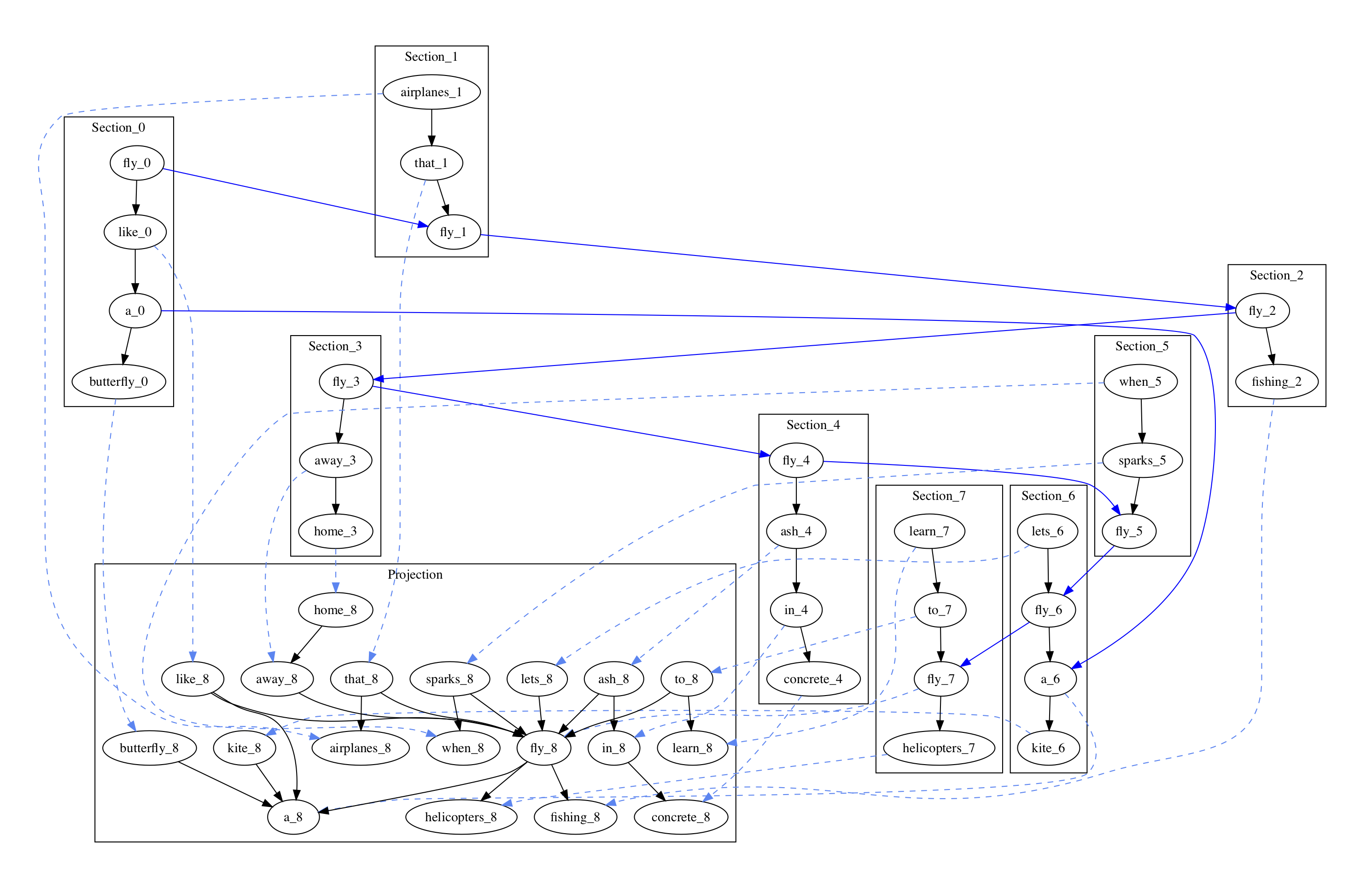Sheaves, Cosheaves and Applications
This thesis develops the theory of sheaves and cosheaves with an eye towards applications in science and engineering. To provide a theory that is computable, we focus on a combinatorial version of sheaves and cosheaves called cellular sheaves and cosheaves, which are finite families of vector spaces and maps parametrized by a cell complex. We develop cellular (co)sheaves as a new tool for topological data analysis, network coding and sensor networks. A foundation for multi-dimensional level-set persistent homology is laid via constructible cosheaves, which are equivalent to representations of MacPherson's entrance path category. By proving a van Kampen theorem, we give a direct proof of this equivalence. A cosheaf version of the i'th derived pushforward of the constant sheaf along a definable map is constructed directly as a representation of this category. We go on to clarify the relationship of cellular sheaves to cosheaves by providing a formula that defines a derived equivalence, which in turn recovers Verdier duality. Compactly-supported sheaf cohomology is expressed as the coend with the image of the constant sheaf through this equivalence. The equivalence is further used to establish relations between sheaf cohomology and a herein newly introduced theory of cellular sheaf homology. Inspired to provide fast algorithms for persistence, we prove that the derived category of cellular sheaves over a 1D cell complex is equivalent to a category of graded sheaves. Finally, we introduce the interleaving distance as an extended pseudo-metric on the category of sheaves. We prove that global sections partition the space of sheaves into connected components. We conclude with an investigation into the geometry of the space of constructible sheaves over the real line, which we relate to the bottleneck distance in persistence.
PDF Abstract